Top 18 Agile Business Intelligence Best Practices
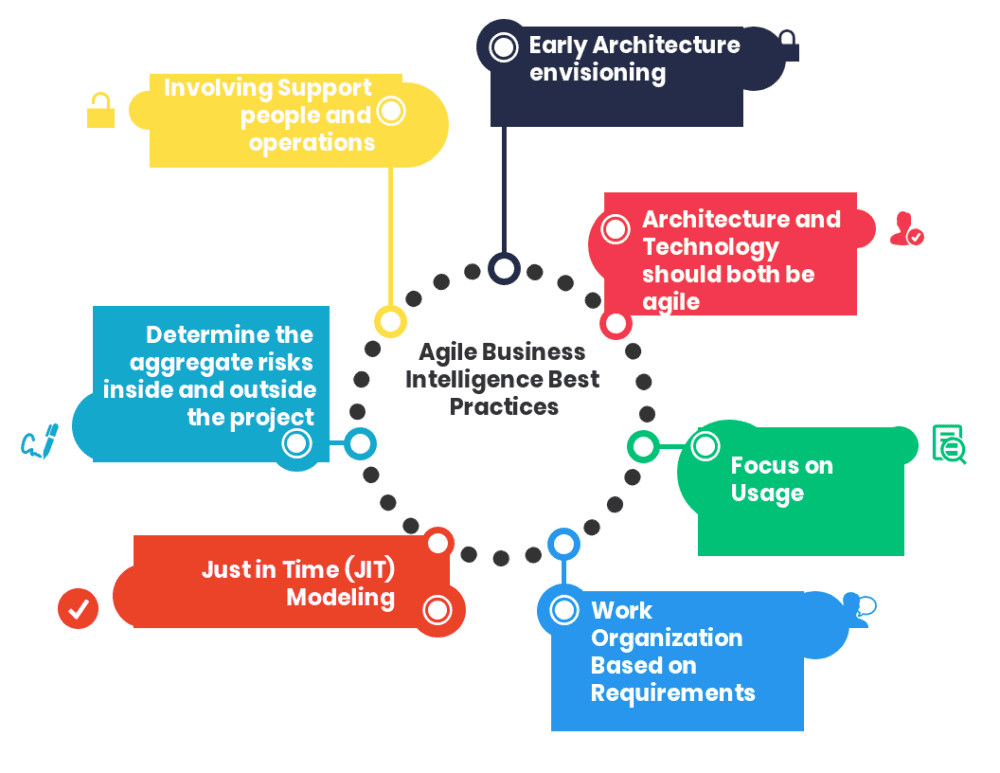
With the adaptation of Agile Business Intelligence, some practices place you ahead and increase your success probabilities. Successful implementations of the BI with little or no challenges usually take an agile approach and better yet an evolutionary approach. The companies that were pleased with the success that they achieved with Agile Business Intelligence engaged in several practices that ensured their success.
These best practices explain ways a company can lower overall risk in the project while also increasing probabilities that the project will meet its intended needs to the end users. BI solutions have evolved beyond the traditional data warehouse and associated multidimensional online analytical processing structures (cubes, star schemas, and so forth) in many significant ways.
Agile Business Intelligence (BI) refers to a method of delivering BI solutions in an iterative, flexible, and collaborative manner, by incorporating Agile project management principles. This approach involves regular interaction and feedback between BI team members and business stakeholders, with a focus on delivering value incrementally and responding to changing requirements. Agile BI enables organizations to respond quickly to changing market conditions and business needs, while delivering data-driven insights and decision-making capabilities in a timely manner. By utilizing Agile methodologies, organizations can deliver more effective BI solutions that meet the needs of the business.

Agile Business Intelligence Best Practices
Beyond traditional relational databases, they can now integrate and analyze data from a number of sources. Beyond the use of traditional business graphics (bar graphs and pie charts, for example), the use of dynamic and interactive business graphics, such as real-time dashboards and interactive charts, can improve the ability for solutions to support users in increasingly demanding tasks.
You may like to read: The Guide to Agile Business Intelligence
Top Agile Business Intelligence Best Practices
Agile BI Best Practices 1 - Just in Time (JIT) Modeling
Just in time modeling is whereby a business model storm the details of the project throughout the project as it continues. The business doesn’t plan the details at the start of the project.
JIT is helpful due to several reasons; details are going to change throughout the project, this will allow for agility and flexibility and result to a high-performance project, second in JIT modeling, you would have a vast amount of knowledge from the beginning of the project. Third, modeling everything upfront would result in a waterfall effect and go to significant wastage.
Agile BI Best Practices 2 - Determine the aggregate risks inside and outside the project
There exists a cause-effect relationship in a project. This happens when an action in the project unknowingly affects another part in the project or organization because the business did not adopt an efficient project control mechanism to minimize a project specific risk.
The risk should be communicated with key stakeholders in the project and organization so that they can help formulate a level of risk mitigation across all parts of the organization.
You may like to read: Top Best Practices for Business Intelligence Software Implementation
Agile BI Best Practices 3 - Involving Support people and operations
Support people and Operations are key stakeholders in the project. Their requirements are what is building the project up. And the sooner you involve them the sooner you find out on the vision of the development team.
They might have pesky details they would desire to be implemented in the DW/BI project. Getting the knowledge of these details early enough would reduce the risk of dissatisfying the stakeholders in the project.
Agile BI Best Practices 4- Early Architecture envisioning
Doing some initial architecture will help your team set a potential vision in building the data warehouse. As Agile Model Driven Development (AMDD) suggests, a detailed, comprehensive model isn’t required upfront but only clearly set vision is important.
This will be used as a recurrent reference for the team members during the project. The vision could be simple in the form of a deployment diagram and a high level domain mode that entail the business entities and relationships between them.
You may like to read: Top Guidelines for a Successful Business Intelligence Strategy
Agile BI Best Practices 5- Architecture and Technology should both be agile
Appropriate architecture and technology implemented in an agile manner is the key to a high-performance project and achieving the goals of the project in minimal time. Proving the architecture with code is the only proof that the architecture works. Processes such as Unified Process (UP) and Disciplined Agile Delivery (DAD) suggest that you are building a working skeleton of your system.
The leadership and the project team should set an optimum balance by laying foundations that are needed in a BI environment. This will eliminate rework and hence ensure rapid delivery
Agile BI Best Practices 6- Focus on Usage
To create an effective system, you need to apply a usage-centered approach to build something that people would use and recommend for others to use. You need to understand what people would like to see and have to achieve their business objectives.
The system should be centered on use cases and usage scenarios and not driven by data models. Data is an essential part of the system, but it should not be the focus of the system, or else the system would end up being obsolete and unused.
You may like to read: Open Source, Free and Top Dashboard Software
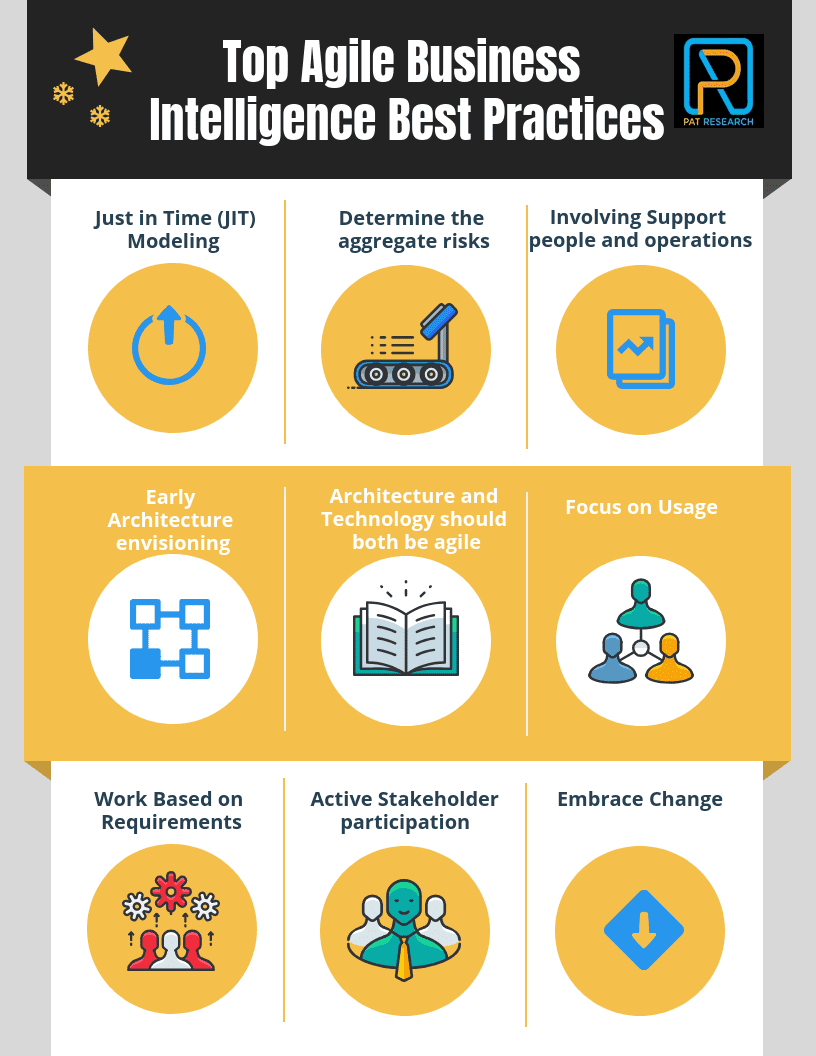
Top Agile Business Intelligence Best Practices
Agile BI Best Practices 7- Work Organization Based on Requirements
The project should be planned based on requirements that are priorities. It should not be however be based on technical issues. In each iteration, you should do the work that satisfies the utmost priority stakeholder requirement which should be satisfied in that iteration.
In this manner, we are in always in a position where we are making the most out of the stakeholder’s investment by achieving maximum benefit thereby lowering the risk.
Agile BI Best Practices 8- Active Stakeholder participation
Each stakeholder should partake in the project and should be involved in each decision in the modeling. This will reduce rework when one stakeholder feels like the system creation hasn’t fully satisfied his needs. It is critical that they should be involved daily in the system’s progress.
A stakeholder may easily change their minds as the project is ongoing and this input is adopted into the project.
You may like to read: Business Intelligence Tools and the Types of Business Intelligence Software
Agile BI Best Practices 9 - Embrace Change
As mentioned earlier, change is prevalent all throughout the project and it is unavoidable in most cases. The team should be prepared for changing requirements and adopt mechanisms to certain a more agile approach to change management. This requires the development team to adapt development technique such as database regression testing, database refactoring and evolutionary data modeling.
Agile BI Best Practices 10 - Top to bottom approach
A rapid and effective way to blueprint, prototype and build is via the vertical slice. A vertical slice is a fully implemented, top to bottom functionality that can offer some value to an end user. This approach helps break the heavy, low-value requirements gathering and serialization that beset waterfall approaches. For an agile team, an iteration should produce a vertical slide that is tested and has been proven functional. Most important this vertical slide should be easily possible put into deployment upon request.
Agile BI Best Practices 11 - Iterations should be time conscious
The periods should be time boxed in order to offer the chance for feedback that is essential from the stakeholders to the project. A single iteration should not surpass a time limit of a two week period. For teams that are following a lean discovery lifecycle, this period often shrinks to days and sometimes to hours with proper planning and slice being worked on. Short iterations provide motivation to focus on high value activities while stretched iterations allows for distractions.
You may like to read: Why Small Businesses Need Business Intelligence Software

Top Agile Business Intelligence Best Practices
Agile BI Best Practices 12 - Test throughout the Project
Testing the slices completed in the iterations is important to the database code. It is not rare to see an agile projects do more than testing throughout the project lifecycle. Taking a test-first approach is advised in the development. In short database regression testing is critical to your success. This will require that you can have access to the main legacy data sources, that the extract-transform load strategy functions and that the reporting tools can gain access to the DW.
Agile BI Best Practices 13 - Documentation
Heavy documentation is essential for communication purposes among the stakeholders. And also for reference in the organization plans.
Agile BI Best Practices 14 - Take an evolutionary approach
To create a model that will meet the specifics of the stakeholders you will need to take an evolutionary approach to development. Set the requirements and architecture needed to begin the project but model the system just in time (JIT).
You may like to read: Top Best Practices in Reporting Software
Agile BI Best Practices 15 - Use good tools.
Business Intelligence development is a complex task and it would be made more complex if the right tools for the job are not used. In addition for the standard tools applied in data modeling, you might also need tools that support evolutionary development techniques. All these agile tools are readily available at the software marketplace for purchase.
Agile BI Best Practices 16 - Adopt organizational development standards
Match the approach of the team to the customs and culture of the organization. You should follow your organizations common development guidelines. This will set the tone for the whole project period and create consistency.
Consistency is an important quality in development as it ensures the developers have regular input into the model. This includes naming conventions, modeling style guidelines, report design guidelines and so on.
Agile BI Best Practices 17 - Adopt a lean approach to data governance
Data governance should be approached in such a way that the data will not be too slow to respond, too difficult to work with or that the data group does not provide sufficient value to justify its use. The development team should opt to work with data that is responsive in practice and not on paper, the lean data management.
Agile BI Best Practices 18 - Planning for legacy data challenges
Legacy data is more often a mess than not. The team will be forced to cleanse the data sources in order for them to be ready for use in the system. Data cleansing should be viewed as a necessary process which would result in a better database evolution for the legacy data source owners. On paper, you will need to refactor the source to repair any data quality issue.
You may like to read: Top Best Practices in Dashboard Software
Conclusion
Some of the practices above are straightforward and well known, but are not well applied. They bear repeating and advocating by the team leaders. An integrated approach of all these practices will help your organization in their efforts to connect their information management initiatives with their overall business strategy. Others involve a keen understanding of balancing project, business and technology imperatives in a different way to achieve a far superior outcome.
Agile Business Intelligence (BI) is a modern and effective approach to delivering BI solutions that provides many benefits to organizations. It emphasizes collaboration, flexibility, and adaptability, enabling organizations to quickly respond to changing business needs. The iterative approach of Agile BI ensures that stakeholders receive regular updates and are involved in the development process, leading to higher quality and more relevant solutions.
The Agile BI methodology helps organizations make the most of their data, delivering valuable insights and decision-making capabilities in a timely manner. By embracing Agile BI, organizations can stay ahead of the competition and make better use of their data.
What are the Top Agile Business Intelligence Best Practices?
Successful implementations of the BI with little or no challenges usually take an agile approach and the best practices include Just in Time (JIT) modeling, determine the aggregate risks inside and outside the project, involving support people and operations, early architecture envisioning, architecture and technology should both be agile and focus on usage and many more.

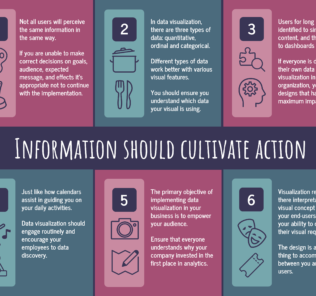
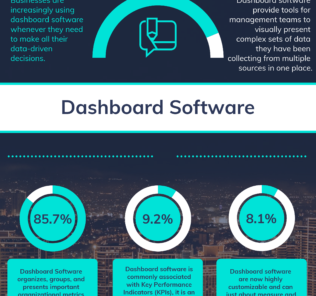
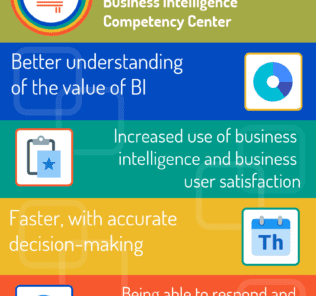
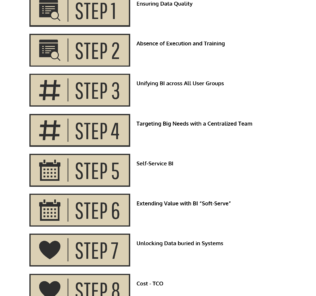
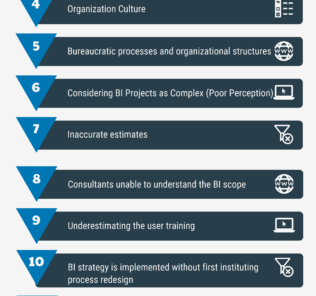
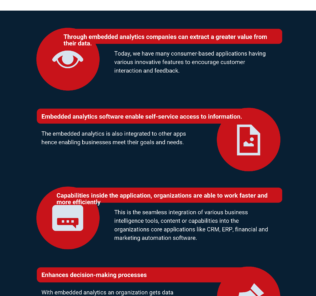




By clicking Sign In with Social Media, you agree to let PAT RESEARCH store, use and/or disclose your Social Media profile and email address in accordance with the PAT RESEARCH Privacy Policy and agree to the Terms of Use.